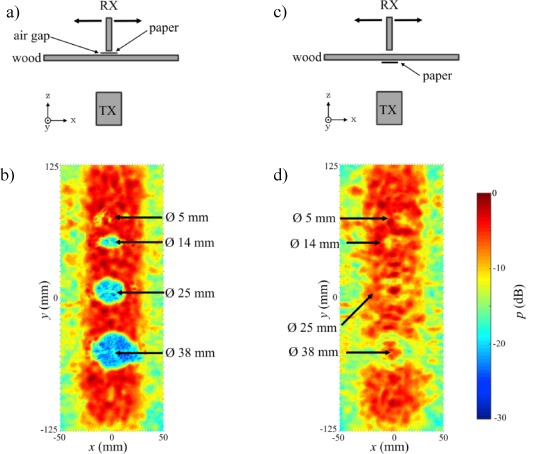Modeling of delamination detection utilizing air-coupled ultrasound in wood-based composites.
Authors: Marhenke, T., Neuenschwander, J., Furrer, R., Twiefel, J., Hasener, J., Niemz, P., & Sanabria, S. J.;
NDT and E International; Volume 99, October 2018, Pages 1-12

